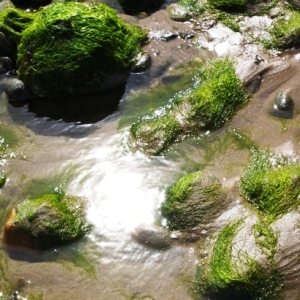Officials from the National Corn Growers Association (NCGA) staff took part
in the Hypoxia Task Force (HTF) meeting last week, hearing presentations from several nongovernmental groups and growers associations and
discussing clean water solutions.
The HTF is a collaboration of 12 states, five federal agencies and tribal representatives that are working on the issue of nutrient loading in rivers. The main focus is on the Mississippi and Atchafalaya River Basin, which feed into the Gulf of Mexico. The excess nutrients in the river waters produce a hypoxic zone in the Gulf.
It is believed that nitrogen and phosphorus runoff into the rivers adds excess nutrients to the water. These nutrients cause an overgrowth of algae, which harms the water supply and decreases the oxygen in the water. When the nutrient polluted waters reach the Gulf, algae and zooplankton growth increases and when they die, they sink to the bottom and decompose. This process decreases the amount of oxygen in the water. The oxygen level in the hypoxic zone is less than two parts per million.
The Missouri Corn Growers and Missouri Soybeans Associations representatives presented the efforts they've made toward improving water quality and environmental protections. The Southern Extension and Research Activities Committee No. 46 also provided updates on water quality monitoring. Finally, the Nature Conservancy updated attendees on the Mississippi River Strategy.




 Alerts Sign-up
Alerts Sign-up